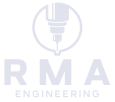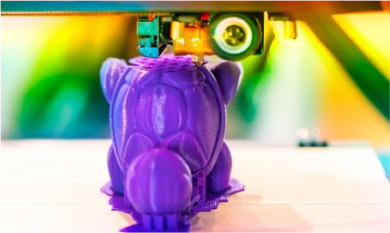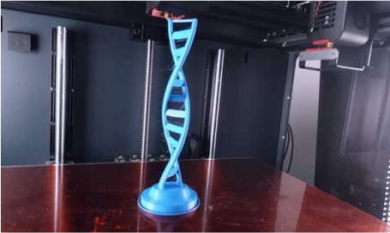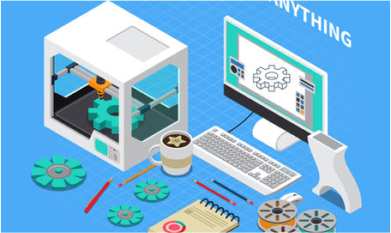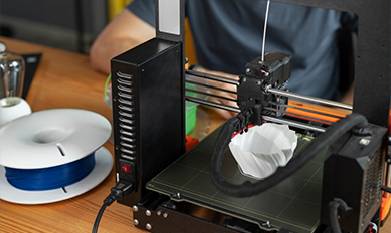
3D Printing Entrepreneurship: 3D Printing for Entrepreneurs: How to Design and Print Your Own Products

1. Introduction to 3D Printing for Entrepreneurs
In this section, we will delve into the world of 3D printing from an entrepreneurial perspective, exploring its potential and benefits for aspiring business owners. We will discuss various insights and viewpoints to provide a comprehensive understanding of the topic.
2. Understanding the Basics of 3D Printing Technology
3D printing is a revolutionary technology that allows you to create physical objects from digital models. It has many applications in various fields, such as engineering, medicine, art, education, and more. In this section, we will explore the basics of 3D printing technology, how it works, what are the different types of 3D printers and materials, and what are the benefits and challenges of 3D printing. If you are an entrepreneur who wants to design and print your own products, this section will give you a solid foundation to start your journey.
3. Creating Your Product Concept
However, I can give you some tips and suggestions on how to write a section about "Ideation and Design: Creating Your Product Concept" for your blog. Here are some possible steps you can follow:
4. Choosing the Right 3D Modeling Software
One of the most important steps in 3D printing entrepreneurship is choosing the right 3D modeling software for your product design. There are many factors to consider when selecting a software, such as your skill level, budget, features, compatibility, and personal preference. Different software may suit different types of products, such as jewelry, furniture, toys, or art. In this section, we will explore some of the most popular and widely used 3D modeling software in the market, and compare their pros and cons from different perspectives. We will also provide some tips and resources on how to learn and use these software effectively.
5. Preparing Your Design for Printing
You have a great idea for a product and you want to turn it into reality using 3D printing. But before you can print your design, you need to make sure it is ready for the printing process. There are many factors that can affect the quality, cost, and feasibility of your 3D printed product, such as the choice of material, printer, and printing parameters. In this section, we will guide you through the steps of preparing your design for printing, from checking its geometry and dimensions to optimizing its orientation and support structures. We will also share some tips and best practices from different perspectives, such as designers, engineers, and entrepreneurs, to help you achieve the best results possible.
6. Selecting the Right 3D Printer for Your Business
One of the most important decisions you will have to make as a 3D printing entrepreneur is choosing the right 3D printer for your business. There are many factors to consider, such as the type of products you want to create, the quality and speed of printing, the cost and availability of materials, the ease of use and maintenance, and the compatibility with your design software. In this section, we will explore some of the main types of 3D printers and their pros and cons for different applications. We will also provide some tips and examples to help you select the best 3D printer for your needs.
7. Exploring Your Options
One of the most important decisions you will have to make as a 3D printing entrepreneur is what material and filament to use for your products. There are many factors to consider, such as the cost, availability, durability, appearance, and performance of the material. Different materials and filaments have different properties and characteristics that can affect the quality and functionality of your products. In this section, we will explore some of the most common and popular options for 3D printing materials and filaments, and provide some insights and tips on how to choose the best one for your needs.
8. Optimizing Print Settings for Quality and Efficiency
One of the most important aspects of 3D printing entrepreneurship is optimizing your print settings for quality and efficiency. Print settings are the parameters that control how your 3D printer operates and affects the final outcome of your product. By tweaking these settings, you can improve the appearance, strength, durability, and accuracy of your prints, as well as reduce the printing time and material consumption. However, finding the optimal settings for your 3D printer and your design can be a challenging and time-consuming process, as there are many factors to consider and trade-offs to make. In this section, we will discuss some of the best practices and tips for optimizing your print settings, from different perspectives such as design, material, printer, and environment. We will also provide some examples of how changing certain settings can affect your print quality and efficiency.
9. Post-Processing and Finishing Techniques for Professional Results
One of the most important aspects of 3D printing is the post-processing and finishing of the printed objects. Post-processing refers to the steps that are taken after the printing is done, such as removing support structures, sanding, smoothing, painting, or coating. Finishing refers to the final touches that are applied to the printed objects, such as polishing, gluing, assembling, or adding details. Post-processing and finishing can make a huge difference in the quality, appearance, and functionality of the printed products. In this section, we will explore some of the most common and effective post-processing and finishing techniques for professional results.
Contact Us
For custom quotes please fill out the form below. Or email us at info@rmaengineering.tech.
